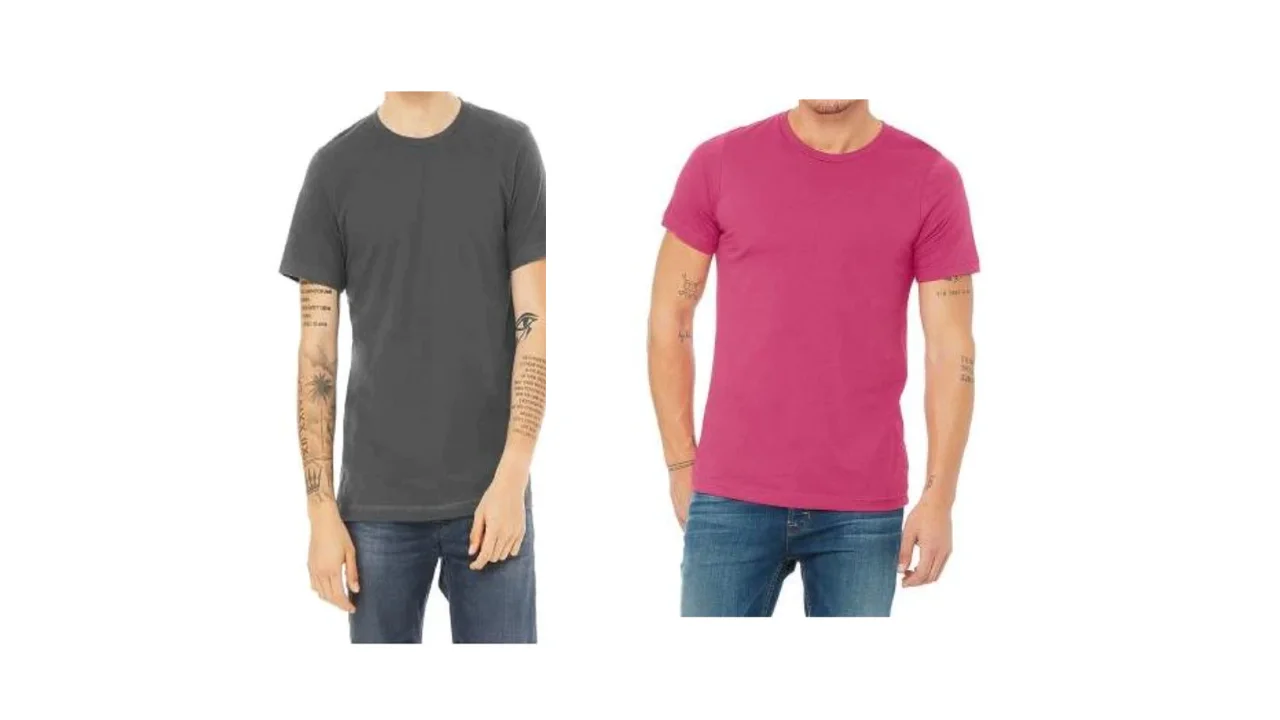Whether working up a sweat on the treadmill or grabbing your mat and heading to yoga class, we have you covered with sustainable workout clothes. Look for organic cotton, recycled materials, and GOTS-certified fabrics supporting responsible sourcing and production practices.
A company, for example, uses a renewable plant-based material made from eucalyptus in their leggings and sports bras. Other brands prioritize fair wages and BSCI certifications.
Organic Cotton
Popular sustainable fabric alternatives, organic cotton does not use harmful pesticides or chemicals, so it’s healthier for farmers and better for the planet. Look for GOTS-certified organic cotton fabrics, as well as organic cotton that’s also fair trade certified to ensure that the manufacturers who make your clothing are being paid a fair wage and working in safe conditions.
Organic cotton also helps reduce water pollution and greenhouse gas emissions from conventional farming, an essential step towards a more sustainable future. Look for brands that ethically source cotton, such as Iron Roots, which uses sustainable materials and practices to create sportswear. This includes TENCEL(TM) lyocell, sourced from eucalyptus wood pulp, and Modal, made from beech trees.
Recycled polyester is another sustainable choice for your activewear. Made from recycled plastics like bottles and old clothes, it has a lower environmental impact than traditional polyester. It’s antibacterial and moisture-wicking, making it an eco-friendly option for your workout gear.
Look for a combination of natural and synthetic fibers for the most environmentally responsible activewear. This allows for the stretchy, flexible fit you want in your workout wear without using excessive amounts of oil-based, petroleum-derived polyester. This can be found in garments like sustainable leggings by Vyayama and eco-friendly sports bras and tops from Iron Roots.
Recycled Polyester
Polyester may be one of the most popular fabrics in the fashion industry, but it could be more sustainable than many believe. While the ‘greener version’ of polyester made up of recycled plastic bottles is an ideal solution, it’s worth noting that this fabric-to-cloth recycling process uses a lot of energy and may reduce the fiber length, meaning the quality degrades.
It’s therefore essential to look for a more environmentally friendly polyester, such as Repreve. This innovative textile is a high-performance material Unifi developed and repurposed from post-consumer recycled water bottles. It offers a range of benefits, such as quick-drying and wrinkle resistance. It also has moisture-wicking capabilities, ensuring sweat is efficiently transported away from the body during workouts.
Other eco-friendly polyester options include rPET and Econyl. rPET is a polyester textile made from recycled PET plastic, often found in water bottles. It’s a lightweight, stretchy fabric perfect for sportswear and activewear because it’s quick-drying, durable, and crease-resistant. However, it can release microplastics into the water when washed, making it more sustainable than other eco-friendly alternatives.
Another option is Econyl, made from nylon-based waste materials such as old fishing nets and industrial plastic scrap. Like recycled polyester, it’s fast-drying and crease-resistant, but it also has excellent moisture-wicking properties, keeping athletes dry during workouts.
TENCEL(tm) Lyocell
Lyocell fabric feels fantastic on the skin and is sustainable, breathable, efficient at absorbing moisture, temperature regulating, and antibacterial. It’s often paired with cotton, silk, and ethical wool to create sustainable clothing that is soft, stretchy, and supportive. It is also very durable and resistant to abrasions. It’s a versatile fabric in various products, from conveyor belts to specialty paper, bedding, and towels.
Like viscose and rayon, lyocell is a type of cellulosic fiber that is much more eco-friendly than those. It is made through a closed-loop process that recycles water and recaptures up to 99% of the solvent carbon disulfide. It is manufactured from regenerated cellulose, most commonly eucalyptus (although other wood sources are also used). It looks similar to cotton but smoother and more slippery with better stretch.
It is a little more expensive than other sustainable fabrics, but it’s an excellent investment in your health and the planet. It requires very few washes and is incredibly soft. It wrinkles less than cotton and polyester, so you must iron it less frequently. It’s essential to wash it with a gentle zero-waste laundry detergent and hang it dry rather than machine-drying it to minimize its environmental footprint.
Modal
Although it was only invented in 1951, Modal has become a popular eco-conscious fabric for many brands. Made from beech tree pulp, Modal is light and stretchy with a soft feel. It is also highly breathable and moisture-wicking, making it perfect for activewear. It isn’t as elastic as viscose but does resist shrinking and pilling and drapes beautifully.
It requires fewer resources than cotton and other cellulose fabrics, making it a more environmentally sustainable fabric option. Its fibers are also naturally antibacterial and repel odors. Modal is produced using a cradle-to-gate process that reduces carbon emissions, water use, and energy usage. It also uses 10 to 20 times less water than cotton and doesn’t require artificial irrigation.
To minimize environmental impact, taking care of your modal pieces and avoiding over-washing is essential. It is also prone to wrinkling, so ironing or steaming your clothing with low heat settings is best. You can further extend the life of your modal garments by storing them properly (folding rather than hanging) and washing them only when needed.
One of the most effective ways to reduce your environmental footprint is to buy fewer clothes. This can be achieved by limiting the new clothing you purchase or buying second-hand.


















